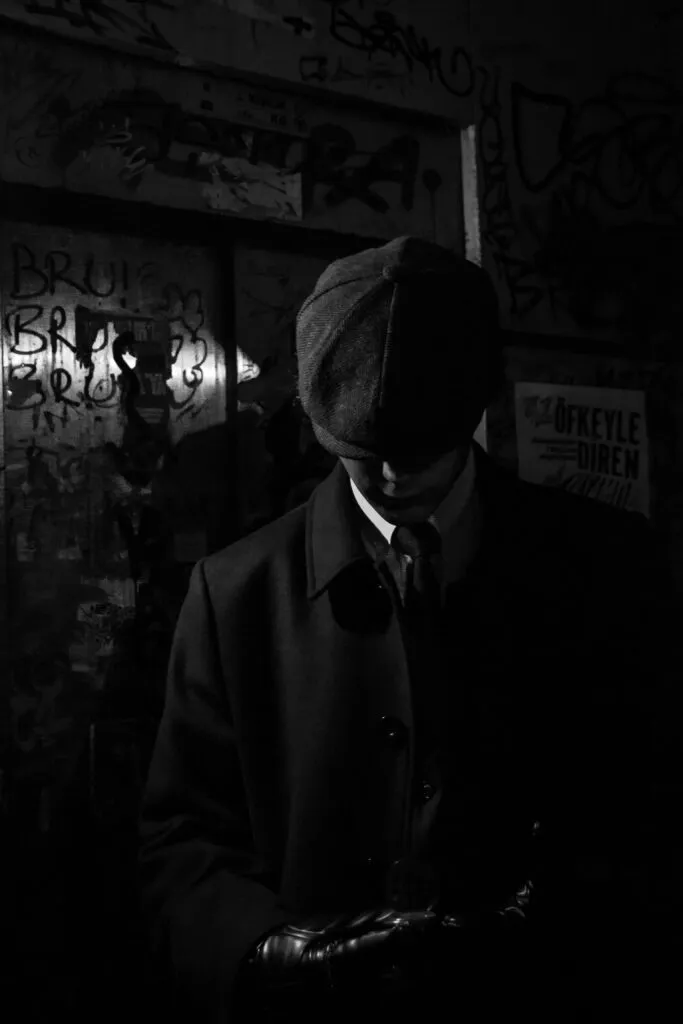The Importance of Fashion in Human History: More Than Just Clothing
Fashion is often seen as a modern luxury or a fleeting trend, but its significance stretches far deeper into human history. Throughout the centuries, fashion has been a powerful form of self-expression, cultural identity, social status, and even political statement. Understanding the role of fashion in history reveals much about how civilizations evolved, how individuals communicated, and how societies structured themselves.

This article explores the importance of fashion across human history, tracing its impact from ancient times to the modern era.
1. Fashion as a Marker of Social Status and Identity
From the earliest civilizations, clothing and adornment were used to signal social hierarchy. In Ancient Egypt, for example, the quality and color of linen worn by individuals indicated their class. Pharaohs and nobles donned elaborate garments and jewelry, setting themselves apart from commoners.
Similarly, in Ancient Rome, the toga was a symbol of citizenship and rank, while in medieval Europe, sumptuary laws regulated who could wear certain fabrics and colors, preserving social order through dress.
Fashion thus functioned as a visual language that conveyed power, wealth, and social roles without words.
2. Fashion as Cultural and Religious Expression
Clothing and accessories have long carried cultural and spiritual meanings. Indigenous tribes worldwide use specific garments, patterns, and body art to represent their heritage, beliefs, and ceremonies.
What Else Would You Like to Know?
Choose below:
In many religions, garments such as the Sikh turban, the Jewish kippah, or the Buddhist robes are integral to spiritual identity and practice. These garments transcend mere aesthetics, embodying values, tradition, and community.
Fashion has been—and remains—a crucial tool in preserving cultural narratives and passing them through generations.
3. Fashion as a Reflection of Technological and Economic Progress
The history of fashion is intertwined with human innovation. Advances in textile production, dyeing techniques, and tailoring reflect broader technological developments.
For instance:
- The invention of the spinning wheel and loom revolutionized fabric creation.
- The discovery of synthetic dyes in the 19th century expanded the color palette dramatically.
- Industrialization made mass-produced clothing accessible to the emerging middle class.
Economic shifts also influenced fashion trends. The rise of the bourgeoisie in Europe led to new fashion demands that differed from aristocratic styles, signaling changing social dynamics.
4. Fashion and Political Statements
Fashion has been a vehicle for political expression and rebellion. Throughout history, clothing choices have challenged norms and pushed for social change.
Examples include:
- The Sans-culottes during the French Revolution rejected aristocratic breeches in favor of long trousers as a symbol of equality.
- The flappers of the 1920s defied traditional gender roles and conservative dress codes through their bold styles.
- The punk movement of the 1970s used ripped clothes, safety pins, and unconventional hairstyles to express anti-establishment sentiments.
Fashion remains a silent yet powerful tool for activists, movements, and individuals to communicate identity and resistance.
5. Fashion in the Modern Era: Globalization and Democratization
In recent decades, fashion has become more accessible and global than ever before. The rise of mass media, the internet, and fast fashion brands has transformed the industry into a worldwide phenomenon.
While this democratization allows for greater individual expression, it also raises questions about sustainability and cultural appropriation. Nonetheless, fashion continues to evolve as a mirror to society—reflecting diversity, inclusivity, and ongoing cultural dialogue.
6. Fashion as Personal and Psychological Expression
Beyond society and culture, fashion has played a crucial role in personal identity and self-esteem. What we wear affects how we perceive ourselves and how others perceive us.
Psychologists note that clothing choices can influence mood, confidence, and behavior, illustrating fashion’s profound psychological impact.
Conclusion: Fashion’s Enduring Legacy
Far from being superficial, fashion is a dynamic force woven into the fabric of human history. It has shaped civilizations, reflected cultural values, and served as a tool for personal and collective expression.
Recognizing fashion’s historical importance enriches our appreciation for its role today—as a vibrant form of art, communication, and identity.
Fashion is, and always has been, much more than just clothing.
Is Investing in Kids’ Fashion Worth It? A Comprehensive Guide
» See exclusive tips for your home







